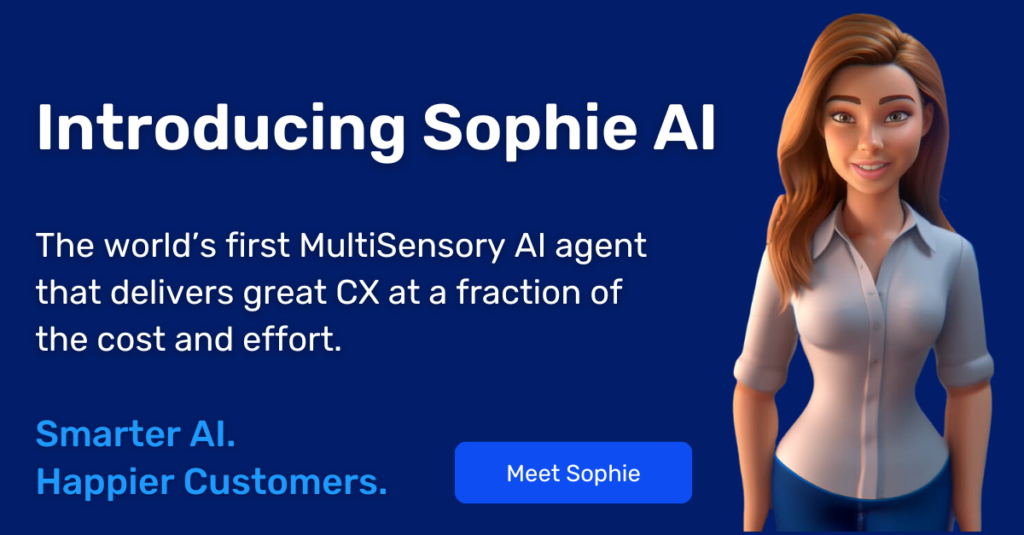Contents
IOT is here, and growing in popularity. It hasn’t reach mass markets yet, but that is just a question of time. Probably not much time.
Business Insider estimates that the IoT will grow from around 10 billion devices connected now, to between 28 and 34 billion connected devices by 2020. This presents a huge potential and great challenges for businesses, with an estimated spend of more than $6 trillion on the IoT over the next five years. With this many devices demanding support and that much money at stake, the need for scalable tech support is an urgent one.
Tech support in the IoT era — You need to start now
Businesses need to think carefully about how they’re going to support this enormous growth in the number and complexity of devices. Providing effective self service as well as fast, expert customer service for installing, using, and troubleshooting these devices will differentiate you from your competitors. Make IoT support accessible and simple, and you’ll have a tremendous advantage.
There are several unique challenges in supporting IoT devices, here are some of the key issues your customer support area might face.
Challenges in supporting IoT devices
The diverse range of new devices
In the near future a service providers will have to handle support for a significantly larger number of different devices, often made by different manufacturers. This means a lot of product information. If in the past an experienced agent could have had some knowledge across all of your devices in the future this will become impossible.
You’ll need to find new ways to ensure your customer service function can support your entire product catalog.
The sheer number of devices
The average broadband household in the US already has eight connected devices, and that number continues to increase. This rate of growth is going to create a big increase in customer support demand.
Your customer contact center will need to significantly scale up so it has the capacity to handle this increase.
The complexity of the IoT ecosystem
Your customer’s experience with your IoT product is not impacted just by your product, but by the technological ecosystem as a whole — this includes the network, other connected devices, communication channels between the devices, and more.
When you have multiple devices operating and communicating together, identifying the exact source for a product malfunction can be very challenging. For example, keeping a home heated when it’s cold outside might require multiple different devices working on several communications channels — An external sensor, an internal sensor (thermostats), heating computer, and the heater itself. If you get a call that the heating isn’t working, you need to find out where in the IoT chain the problem is occurring.
This is a simple example. As IoT grows, more devices will act together to accomplish more complex tasks for your customer. As customers and businesses add more IoT devices and expand the ecosystem, the difficulty of troubleshooting and resolving issues increases exponentially.
The use of new and immature technology
Much of the technology in IoT devices is being rushed to market and hasn’t been extensively field-tested. This means devices not being able to handle new and unusual use cases, regularly pushing maintenance and patches, and having a clear upgrade path. This all needs to be done with minimal inconvenience for the customer.
Security
Security is likely to become a significant consideration when choosing an IoT framework and products. The risk of getting your home locked (or opened) from afar by a hacker is one simple example for the risks involved in IoT.
The Recent Teamviewer breach clearly points that with advanced remote support tools comes a security risk. Maintaining high security standards while providing remote support is just one more obstacle support centers will have to face.
Enhancing the way you support IoT
The possible solutions come down to two key approaches:
- Make your support easily scalable.
- Improve your insight and visibility into the technical ecosystem and solve the vast majority of your customer issues remotely.
Scaling your support
The most scalable support solution is Self Service.
Self Service means that the customer is able to solve the problem himself through interacting with some sort of automated or semi automated interactive system of information you’ve set up for him.
This includes:
Detailed FAQ and knowledge-base
Provide an easily searchable knowledge base and support system that approaches fixes from the customer’s perspective. Include links to the knowledge base in all of your support emails and setup instructions. Regularly review the common issues being captured by your customer service agents and add them to the knowledge base.
Bots and automated support
AI and machine learning will eventually lead the support automation revolution we may experience… Chatbots are still in their early stages of evolution, but getting involved in gathering data and developing the deep learning systems for your services and devices is required now.
Videos (How to, Tutorials etc.)
Visual solutions are quickly rising as the go to platform for self service tech support. Customers prefer to be shown how to complete their own fixes. A series of video tutorials for setting up, troubleshooting, and fixing devices can be extremely useful.
Interactive manuals
You can build manuals into your apps and other areas of your support structure. Customers can answer specific questions to guide them through to a solution. You can even add a layer of Augmented Reality to make the process easier on your customer.
Other scaling solutions include technologies that increase agent productivity, shorten training and make it easier to recruit agents. But those have limited effect on your support over all scalability compared with good self service solutions.
Improving visibility into the technical ecosystem with the Right Tools
Remote support is already a mass market technology. It’s been primarily used in the context of a single device to which an agent can get remote access and fix a problem from afar.
Today there are multiple solutions that are rising and give a remote agent visibility into the customer’s environment beyond the single device. Augmented visual assistance uses a customer’s mobile phone to broadcast live video from his home or office and let an agent understand what is the complete situation at the customer’s end. It allows the agent to see exactly what the customer is seeing, and it gives him powerful tools to guide him remotely in a clear and efficient way.
Another solution is network monitoring technologies, those give insight across multiple devices, interfaces, and networks to enable better understanding of the technological set up in the consumer’s home.
Looking to the future
Technology is growing exponentially and changing the way we get through our days. In order to keep the connected world up and running support operations need to scale and adapt. Each business is it’s own universe, spend some time now thinking about the new challenges the IoT will bring to your customer service and how you’re going to meet them.
In order to keep providing exceptional support that meets the exact and diverse demands of your customers you may have to invest in next-generation technologies. Using tools like AI and Augmented Reality can transform your service and get you started towards making a significant part of your support operation rely on self service.
As IoT industries develop support strategies for the future, intelligent support systems will play an important role in enabling better service delivery and superior customer experience.
At the end of the day even as we progress to IoT and beyond your business succeeds or fails on the quality of your product and the service you provide. Everything else is noise.







